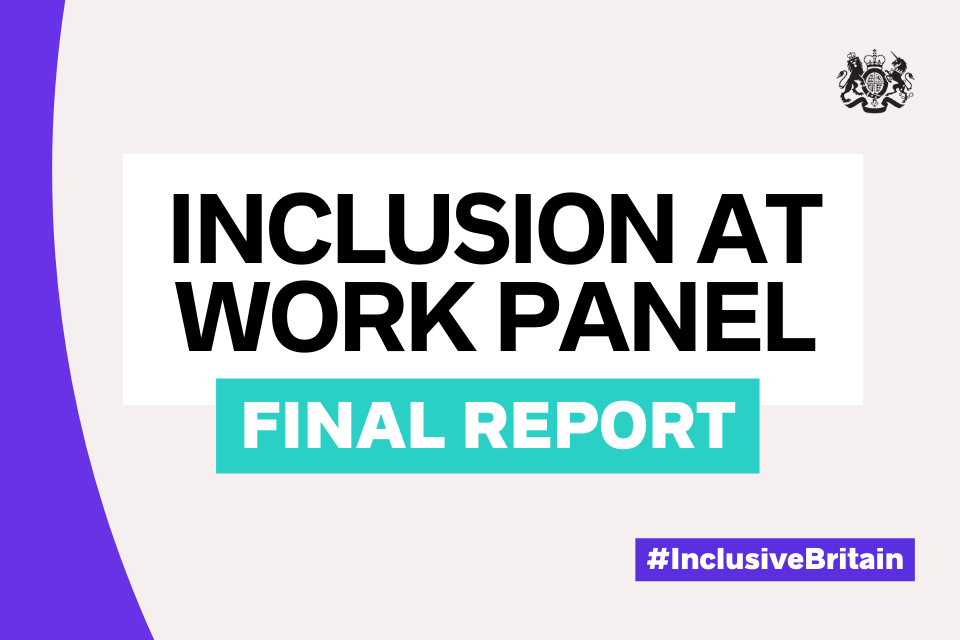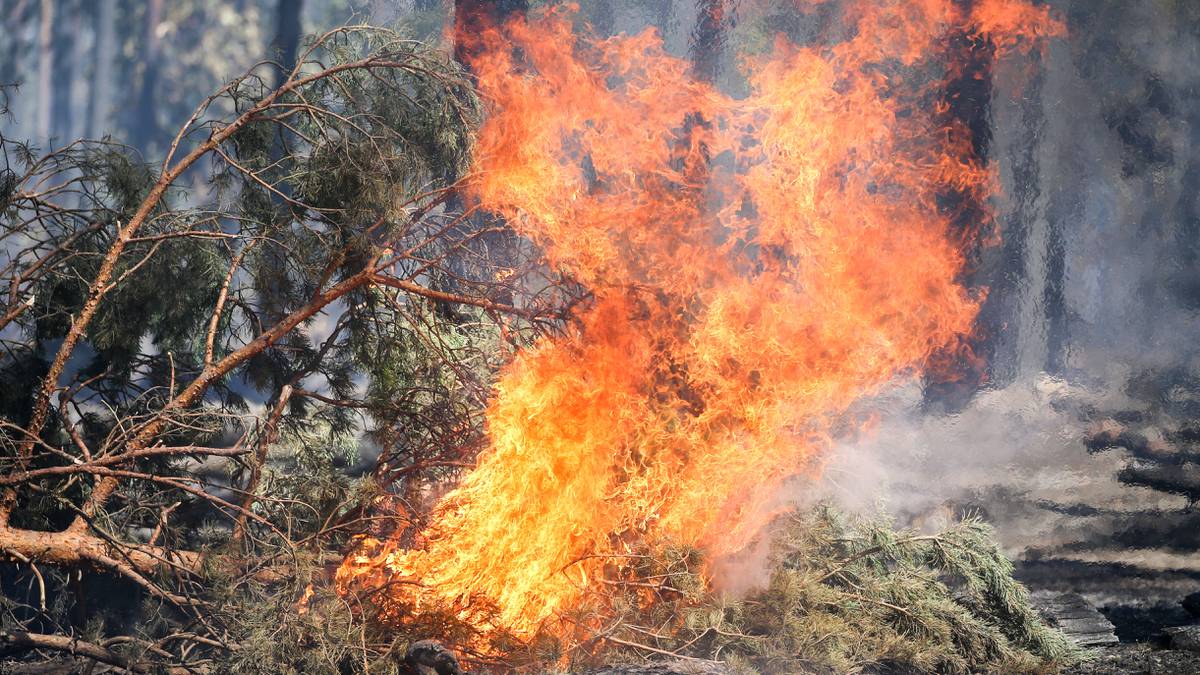In large parts of Europe, persistent droughts and heat waves increase the risk of wildfires in June. Many Mediterranean countries are complaining of drought, and last week a heat wave reached northern Germany. The rising costs of firefighting aircraft fuel are also cause for concern.
Read more after the announcement
Read more after the announcement
“There is a drought in large parts of the continent,” says Kathleen Stave, an ecologist at Wageningen University in the Netherlands. The danger of forest fires is the “main challenge across Europe”. Last summer, wildfires destroyed more than 11,000 square kilometers of land – an area more than four times the size of Luxembourg. About half of the damage occurred in the European Union.
Very early heat wave in Spain
According to experts, wildfires are not only a problem for the hottest southern countries. says Catherine Jumper, climate change adaptation expert at the Organization for Economic Co-operation and Development (OECD).
Read more after the announcement
Read more after the announcement
In Spain, fires destroyed tens of thousands of hectares of forest before cooler temperatures helped contain it in recent days. It started with the oldest heat wave in two decades, with temperatures soaring above 40 degrees Celsius in many Spanish cities, not usually reached until August.
IPCC: It’s about the survival of the human race
The devastating consequences of climate change are becoming increasingly clear. According to the Intergovernmental Panel on Climate Change, the worst can still be avoided with adaptation – but time is of the essence
© Source: dpa
It’s hard to prepare for wildfires
Portugal also had its warmest May in 90 years, and France had its warmest May ever. “As a result of climate change, heat waves come earlier, become more frequent and intense as greenhouse gas concentrations reach record levels,” the World Meteorological Organization said. “What we are witnessing today is a glimpse into the future.”
Despite extensive planning, early warning systems and prediction models, wildfire preparedness remains a major challenge. The European Union is expanding a fleet of aircraft and helicopters ready to provide cross-border support this summer, and is expected to work with more non-EU countries.
Read more after the announcement
Read more after the announcement
Fuel costs are a concern
“It is very difficult to predict wildfires,” says Marta Arbinolo, an OECD expert on climate adaptation and resilience. We know that summer 2022 is expected to be particularly warm and dry, perhaps even more so than 2020 and 2021, which were the driest and warmest summers in Europe. We can assume that the risk of wildfires in Europe will be very high this summer.”
In Greece, which suffered devastating fires in August 2021, high fuel prices are also worrying authorities as fire services rely heavily on firefighting planes to fight fires in the mountainous country. The state wants to add fire retardant chemicals to its firefighting water for the first time this year. Meanwhile, the European Union is sending more than 200 firefighters with equipment from Germany and France to Greece throughout the summer.
Record temperatures approaching 40 degrees: Europe suffers from extreme heat
A heat wave took hold of Western Europe over the weekend.
© Source: Reuters
Climate change means longer fire season
In addition, the wildfire season is getting longer and longer. “The concept of wildfire season is losing meaning at the moment. “We have a wildfire season all year round,” says Victor Risco de Dios, professor of forest engineering at the University of Lleida in the northeastern region of Catalonia, Spain, which is hit hard by the fires during the summer. A change we’re seeing in relation to climate change is the extension of the fire season.”
Read more after the announcement
Read more after the announcement
“The weather is getting worse every year and drought is quite clear this year,” Laura Villagra of the Catalan regional government warned that fire prevention could include the closure of parks this year, she told a regional conference. “We’re expecting a very complicated summer.” Forestry expert Risco predicts a bleak future for Spain: the areas currently affected by the fires “may not see many wildfires by the end of the century – why? Because forests are becoming scarce and nothing is burning anymore”.
The need for integrated fire management
Other experts are not entirely pessimistic about the future. Gamper and Arbinolo of the Organization for Economic Co-operation and Development point out that some of the worst bushfires have also brought positive developments, such as the European Union’s Civil Protection Mechanism, which allows rapid cooperation between countries in emergencies. European countries were also opening up about reducing risks in their planning, rather than simply increasing firefighting resources.
“It’s essentially about the need for integrated fire management, monitoring of fires year-round and not just during droughts, and investing in landscape preservation,” says ecologist Stoff. Gamper points out two metrics that have a major impact: First, urban planning must be reconsidered, that is, not to build near high-risk forests: “We appeal to the federal states that they should think about where they plan to build settlements in the future.” Second, Gamber believes they should enforce existing regulations. Countries know what to do.
Read more after the announcement
Read more after the announcement
RND / AP

“Award-winning music trailblazer. Gamer. Lifelong alcohol enthusiast. Thinker. Passionate analyst.”





More Stories
'The Last of Us' series is already celebrated – is it better than 'The Walking Dead'?
US broadcaster justifies Kate's jokes on live show – and receives criticism
Meg Bennett from “General Hospital”: The American soap star has died